Patient Resources Available at UPMC Hospitals
We offer many resources to help you and your loved ones during your hospital stay. The following resources are available at all hospitals. Please feel free to ask staff about additional resources that may be available at a specific hospital location. The following resources are grouped by disability.
If You Are Blind or Have Low-Vision:
Alternative Format Documents: Important documents, such as consent forms, financial aid, privacy practices, and more, are available in Braille, large print, audio, and multiple foreign languages. Other documents may be available upon request.
Blind and Low-Vision Toolkit: We offer a blind and low-vision toolkit, which includes magnifiers, bold line paper, 20/20 pens, and writing and signature guides.
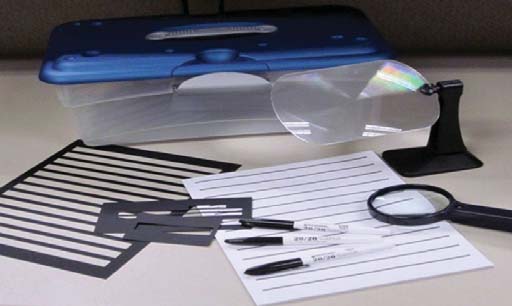
If You Are Deaf or Hard of Hearing:
ASL Interpreters: American Sign Language (ASL) interpreters are available as needed, either on-site or through Video Remote Interpreting (VRI). VRI provides an ASL interpreter via a computer screen.
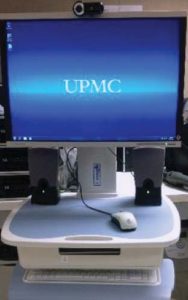 Communication Boards: Communication boards allow a patient to communicate with pictures when it is difficult for him or her to use verbal communication.
Communication Boards: Communication boards allow a patient to communicate with pictures when it is difficult for him or her to use verbal communication.
Door Knocker: A door knocker flashes to alert a patient who is deaf or hard of hearing that someone is knocking on their door.
Effective Communication iPad®: The Effective Communication iPad offers many apps to help with communication. Ask a staff member about which apps may be available for you.
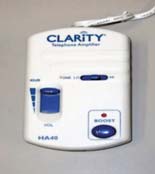 In-Line Phone Amplifier: This can be plugged into any corded phone to increase the volume of the incoming call.
In-Line Phone Amplifier: This can be plugged into any corded phone to increase the volume of the incoming call.
Personal Amplifier: This listening device uses a microphone and headphone to amplify sound for the patient.
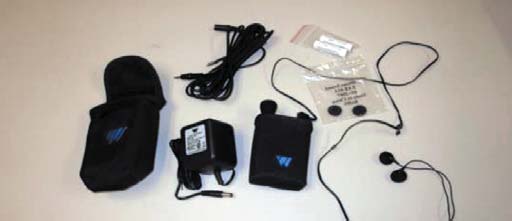
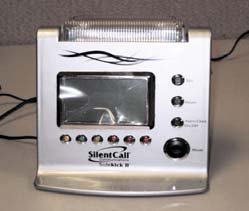
Silent Call System: The silent call system flashes and vibrates to alert a patient who is deaf or hard of hearing that somebody is knocking on the door, their phone is ringing, and/or an alarm is going off.
TTY/TDD: Telecommunication devices that use typed text are available for patients who are deaf or hard of hearing.
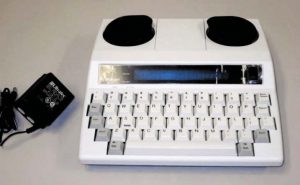
Video Relay Service (VRS): VRS is available on the Effective Communication iPad. This service uses video and a sign language interpreter to make phone calls.
If You Have a Mobility Disability:
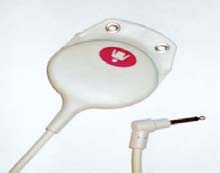 Accessible Call Bells: Individuals with mobility disabilities can activate the accessible call bell with light touch.
Accessible Call Bells: Individuals with mobility disabilities can activate the accessible call bell with light touch.
Accessible Mattresses and Beds: We offer many mattresses to prevent skin breakdown for patients with mobility disabilities. These mattresses can be ordered by the hospital, as needed.
Bedside Commode: This toilet can be placed next to your bed if you have difficulty walking to the restroom.
Hoyer Lift: The Hoyer lift is used to help a patient with a mobility disability transfer to and from his or her wheelchair, bed, or exam table.
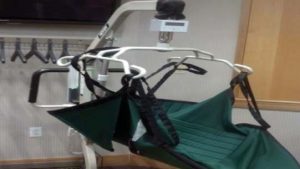
Inpatient Rooms With Accessible Features: Each location offers inpatient rooms with accessible features. Please ask for additional information.
Positioning Trapeze: The positioning trapeze assists patients with mobility disabilities to change positions in bed.
Transfer Board: The transfer board is used to help a patient with a mobility disability transfer to and from his or her wheelchair, bed, or exam table.





